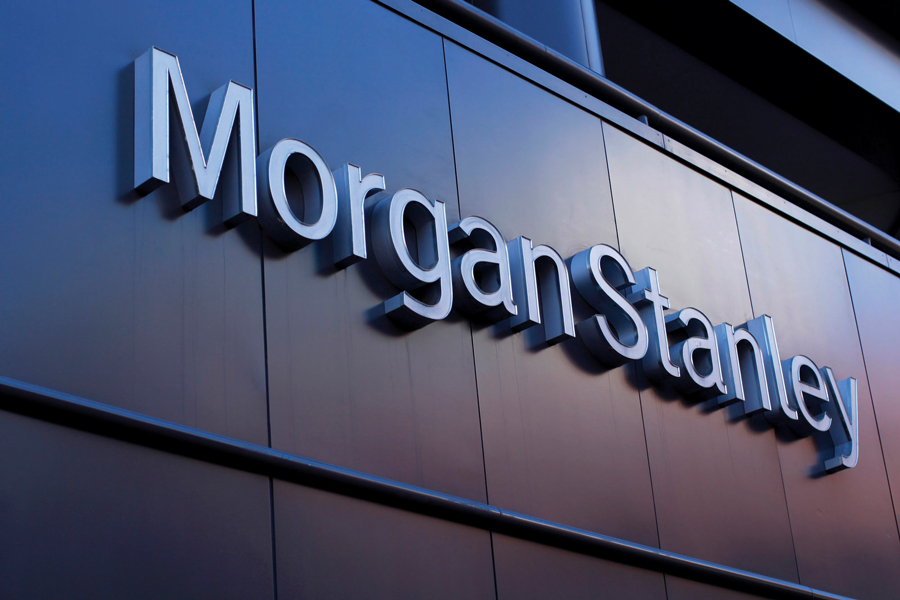

Morgan Stanley's wealth management business continued over the summer to increase net new assets, adding $135 billion for the quarter ending in September and a new quarterly high, according to the company's third quarter earnings release.
Included in those assets was the acquisition of Hyas Group, an institutional consulting firm with $43 billion in fee-based assets that manages retirement money for smaller businesses.
With close to 16,000 financial advisers, Morgan Stanley closed the acquisition for Hyas Group last month, but it was not widely reported at the time and was first reported in trade newspaper Pensions & Investments.
Hyas Group includes 600,000 plan participants who have access to educational content and analytical tools available through the Morgan Stanley at Work Financial Wellness platform.
Though nowhere near as large, the Hyas Group purchase demonstrates Morgan Stanley's continued appetite to build the firm with acquisitions. Morgan Stanley said in February 2020 that it was buying ETrade Financial Corp. for $13 billion in stock.
A year earlier, it said it was buying Solium Capital Inc.’s stock plan business for $900 million. It also completed last year its $7 billion purchase of fund manager Eaton Vance.
Morgan Stanley's wealth management group reported net revenues for the third quarter of $5.9 billion compared with $4.7 billion from a year
ago, an increase of 25.5%.
Meanwhile, pre-tax income of $1.5 billion in the quarter resulted in a reported pre-tax margin of 25.8% or 27.7%, excluding the impact of integration-related expenses, according to the company.

Integrated Partners is adding a mother-son tandem to its network in Missouri as Kestra onboards a father-son advisor duo from UBS.

Futures indicate stocks will build on Tuesday's rally.

Cost of living still tops concerns about negative impacts on personal finances

Financial advisors remain vital allies even as DIY investing grows

A trade deal would mean significant cut in tariffs but 'it wont be zero'.
RIAs face rising regulatory pressure in 2025. Forward-looking firms are responding with embedded technology, not more paperwork.
As inheritances are set to reshape client portfolios and next-gen heirs demand digital-first experiences, firms are retooling their wealth tech stacks and succession models in real time.
